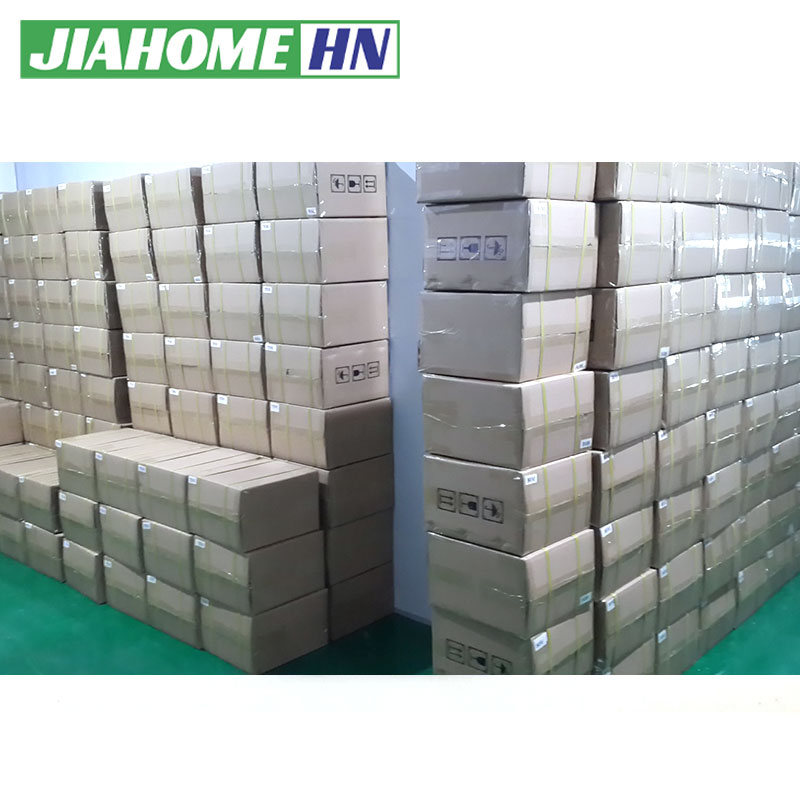CPRI Armored Cable
APPLICATION:
The CPRl optical cable is used to transmit CPRl signals between the BBU and RRU or betweenRRUs.
描述
CPRI Cable is a specialized type of CPRI cable designed to offer enhanced protection against physical damage and environmental factors. These cables are used in harsh outdoor environments or in scenarios where the cable might be exposed to mechanical stress.
The CPRI optical cable connects the BBU and the RRU to transmit CPRI signals. CPRI optical cable is divided into single-mode optical fiber cable and multi-mode optical fiber cable.
CPRI Cables Key Features :
- Enhanced Protection:
- Armoring Layer: The primary feature of CPRI armored cables is the additional protective layer that surrounds the cable. This armor is usually made of steel or other robust materials, designed to protect the internal fibers from physical damage.
- Environmental Resistance: The armor also helps protect the cable from environmental factors, such as rodents, moisture, and temperature fluctuations, making it ideal for outdoor installations.
Advantages of CPRI Armored Cables:
- Superior Durability: The armored construction ensures that the cables can withstand harsh conditions and physical stress, making them ideal for demanding outdoor and industrial applications.
- Environmental Protection: Armored CPRI cables are designed to resist environmental challenges such as UV radiation, moisture, and extreme temperatures, ensuring long-term reliability.
- Reduced Maintenance: The added protection reduces the likelihood of damage, leading to fewer repairs and lower maintenance costs over time.
- Security: In some cases, the armor can also act as a deterrent to tampering or unauthorized access, adding a layer of security to the network infrastructure.
Fiber Parameters:
| No | Items | unit | Specification | |
| 1 | Core Diameter | µm | 50±2.5 | |
| 2 | Cladding Diameter | µm | 125±1.0 | |
| 3 | Core non-circularity | % | ≤6.0 | |
| 4 | Cladding non-circularity | % | ≤2.0 | |
| 5 | Core-cladding concentricity | µm | ≤1.0 | |
| 6 | Coating Diameter | µm | 245±10 | |
| 7 | Cladding -coating concentricity | µm | ≤12.5 | |
| 8 | Attenuation (max.) | 850nm | dB/km | 3.5 |
| 1300nm | dB/km | 1.5 | ||







